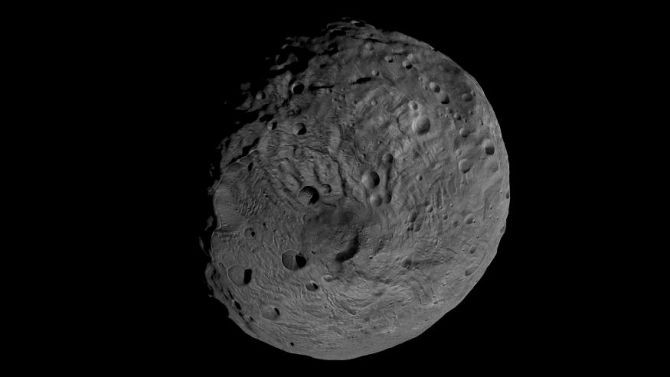Asteroid Fly-by Reinforces NEOShield Purpose

Last week a relatively small asteroid passed between Earth and the Moon’s orbit - within 36,750 miles of hitting home. At about 37 feet wide, it would most likely have burned up in Earth’s atmosphere before impact, but scientists didn’t see it coming until just a few days prior.
While the most recent rock to buzz past didn’t pose much of a threat, it served as a reality check for the international community – and a new project has launched to lay out plans should a larger asteroid zero in on Earth.
NEOShield is a European commission led by the German Aerospace Center and includes scientists from universities and industrial partners in Germany, France, the United Kingdom, Spain, the United States and Russia.
In addition to creating better monitoring technology, the group has identified three techniques for dealing with massive space rocks threatening Earth and hopes to develop a global response strategy.
The techniques include pulling an asteroid off course using a large spacecraft hovering nearby, launching a projectile to knock an asteroid off course, and blowing it up with nukes.
A few years from now, NEOShield hopes to test response technology on a real asteroid.
Published by Medicaldaily.com



























